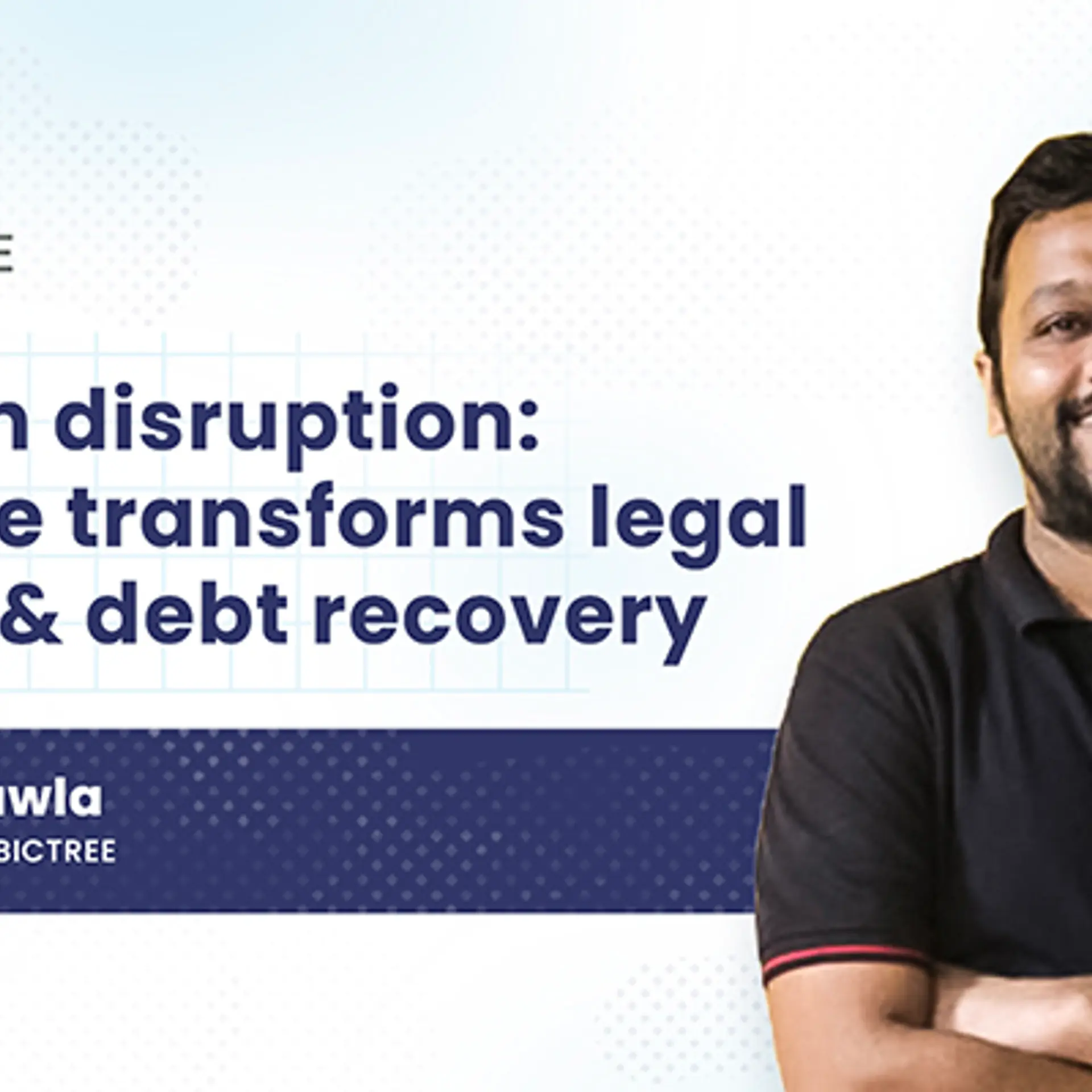India’s digital payment highways are going global: Dilip Asbe
At TechSparks Mumbai, Dilip Asbe, MD & CEO of NPCI, spoke about expanding UPI’s use cases and the strategy to go global.
Key Takeaways
- Dilip Asbe says that a 10X growth is possible in UPI through incentivisation.
- He aspires to achieve a 10% market share for UPI on credit in FY24.
- Asbe says that recurring mandates on UPI have crossed 10 million a month.
- Asbe believes that UPI is yet to reach its tipping point.
Unified Payments Interface (UPI) will conquer the world. Or so believes Dilip Asbe, the MD & CEO of the National Payments Corporation of India (NPCI), which runs and operates UPI. He insists that India can build cross-border "digital payment pipes" using UPI.
“We have solid digital payment highways in India. The government and the Reserve Bank of India are looking to build similar highways cross-border. Our prime minister has also said that the public good of India can be the public good of the world,” shared Dilip Asbe in a recent fireside chat at TechSparks Mumbai.
Currently, Bhutan, France, Mauritius, Nepal, Singapore, Sri Lanka, and the UAE accept UPI. Asbe believes that any country interested in adopting the interoperable digital payment platform can do so by utilising the open APIs under India Stack.
UPI is already a ubiquitous payment platform in India and now the world has taken notice. That is because despite being a relatively new entrant in a market of incumbents, UPI leads digital payments in India. In March 2024, UPI’s total transaction value stood at Rs 19.78 lakh and the number of transactions (payments) at 13.4 billion. However, Asbe is of the view that there is ample opportunity to grow.
“We are yet to see the actual tipping point of UPI. There is an uptake in new features, such as recurring payments of UPI, that have crossed 10 million mandates per month. The daily UPI Lite transactions are close to 1.5 million. We can see a 10X growth,” adds Asbe.
The path to going global
NPCI and its global arm, NPCI International, are assisting the government and the RBI in taking UPI global. International entities have also signed a few partnerships with the government and the RBI.
For instance, in January 2024, Google India Digital Services and NPCI International signed an MoU to take UPI beyond India. This includes UPI payments for Indian travellers, UPI-like digital payments in other countries, and using the UPI infrastructure to simplify cross-border financial exchanges.
“If a country is interested, it can look at saving time and effort by adopting the readymade stack India has built. NPCI and NPCI International are trying to execute the vision,” Asbe explains.
And adds that the target users are Indian travellers going on international trips and the Indian diaspora living abroad. This includes enabling account-to-account transfer on a real-time basis.
Expanding reach in India
Even as NPCI has a vision to take UPI to other countries, the core focus area to expand its reach in India is well intact. Asbe believes that while UPI is a beneficiary of the JAM trinity (Jan Dhan, Aadhaar, and Mobile), there is a need to further incentivise customers.
“We can grow by 2-3X but how do we attract users? For that, the merchants will need to offer incentives such as cashback to bring them in,” he says.
Though the network effect will help, Asbe is of the view that the ecosystem requires capital to enable exponential growth in UPI.
“We need the players to deploy capital to reach the 300 million smartphone users and the ~100 million merchants. At the same time, NPCI has to continue to build features on top of UPI to ensure it is relevant across all user categories,” he adds further.
One such feature is the credit on the UPI feature launched in September 2023. It allows for pre-sanctioned credit lines at banks on UPI. In addition, RuPay credit cards can also be linked to UPI. The NPCI CEO explains that credit cards on UPI and pre-approved credit lines will help enable a well-spread-out growth in credit.
“We aspire to close FY24 with a 10% market share on credit in terms of spends,” Asbe reveals. “We want to keep growing it at 10% every year.”
There are a lot of tasks at hand. To take UPI global, to grow its applicability in India, and to build new features on the platform. Asbe wants the NPCI, banks, and fintechs to invest consistently to create a scalable, robust, safe, and secure payment. That’s what will lead to the 10X growth of UPI.
It might sound like an arduous task, but Dilip Asbe and his team at NPCI are as excited as ever. Because for NPCI, every day is day zero, a new beginning.







